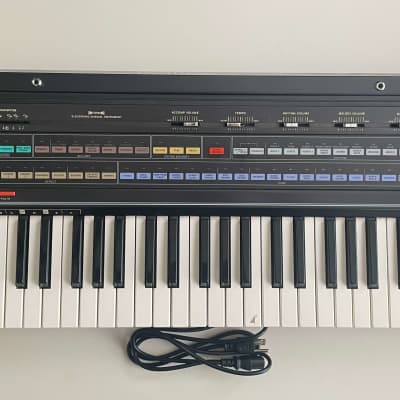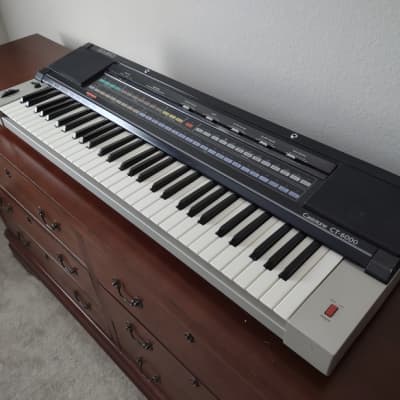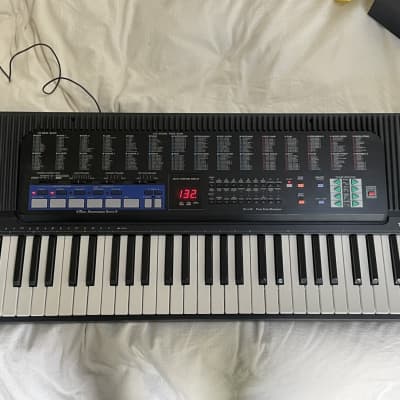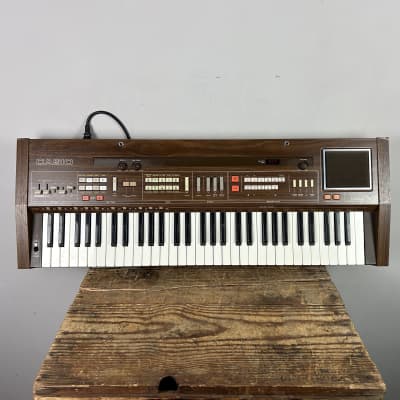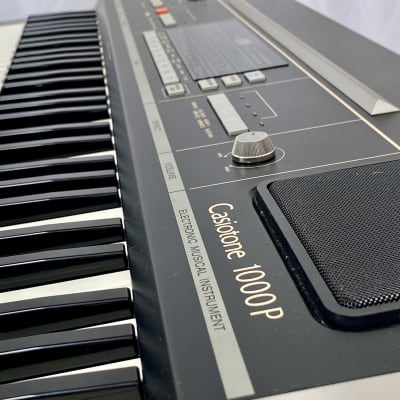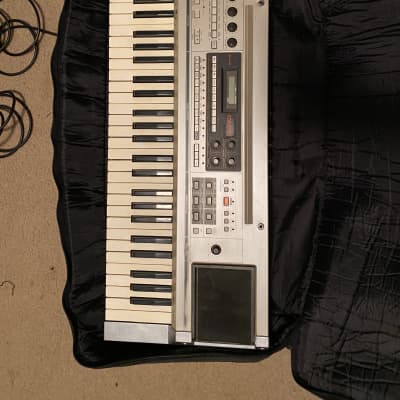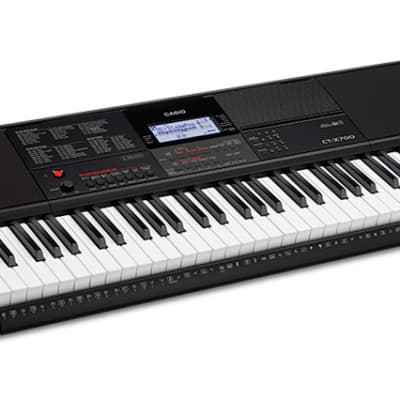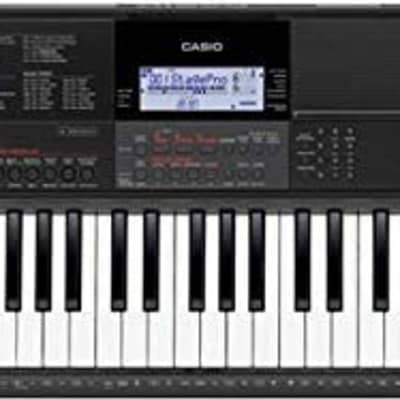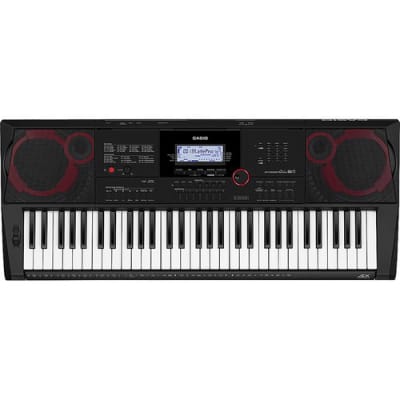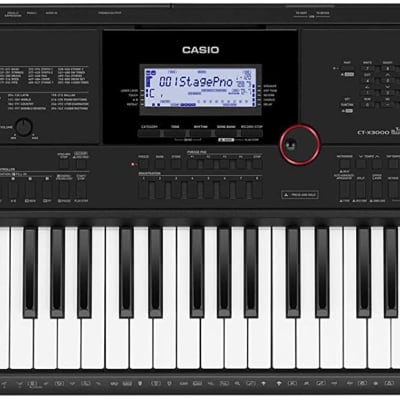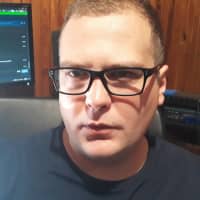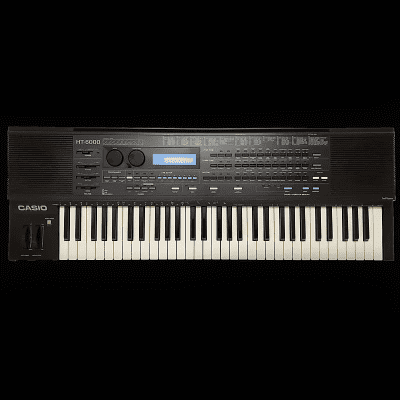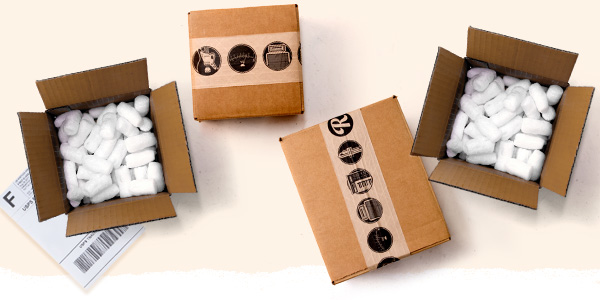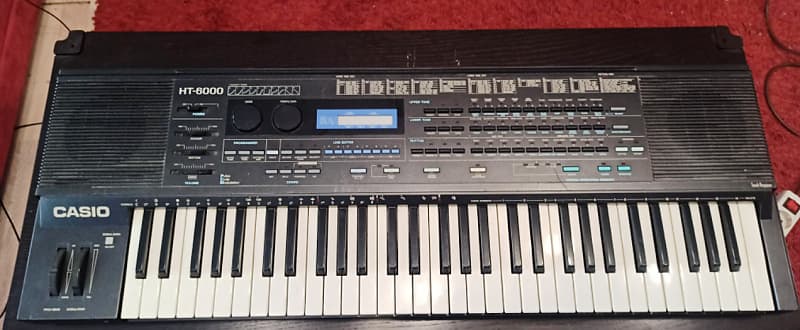

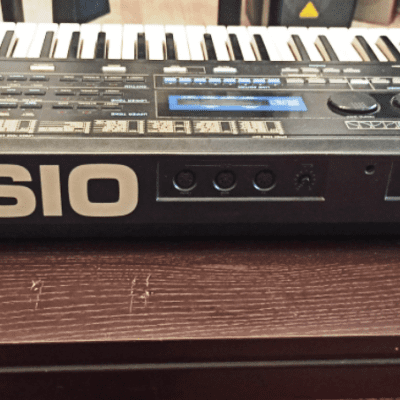

Up for sale is this remarkably advanced synthesis engine from the 80s. The unit is in full working condition and it will be shipped with utmost care so that it reaches you smoothly. We ship worldwide.
About
________
is the high-end version of CASIO HZ/HT series, the Spectrum Dynamic (SD) synths line (see also CASIO MT-600 page for sound examples of SD synthesis). It was released in late 1987 and lasted until 1991. CASIO advertised that velocity and 'Line edit' were added, but, again, virtually no further details were known.
Overview
_________
is a 4DCO analog synth with a ring modulator. VCF became polyphonic, and white/metallic noise can be controlled by an independent DCA.
For details and sound examples (recorded without external effects), follow the link.
- DCO
Oddly enough, 's manual says nothing about SD - Spectrum Dynamic synthesis, though obviously, is an extensively advanced version of HZ/HT, the SD synths.
SD seems to use what I call additive pulse wave synthesis, which combines several pulse waves in different widths, with various amp envelopes. For details about SD oscillator, see HT/HZ page.
There are 64 waveform settings, grouped in two, for 's DCO.
Group 1
There are 32 SD waveforms including quasi-saw, square and various pulse waves with sometimes metallic timbre. Some waves has SD's characteristic temporal motion. (mp3: SD Wave)
Group 2
Wave 0-15 in Group 2 are SD waves combined with a noise oscillator.
Wave 16-31 are SD waves with a ring modulator added.
Line Edit
has 4 'Lines.' A Line roughly means an oscillator, and is actually a 4-DCO synth. But the same waveform is assigned to all the four Lines. If you select saw wave, all the 4 DCOs share saw waves.
Detune, amplitude and velocity curve can be set individually for each Lines. Lines can be detuned only higher than the fundamental. CASIO recommends using this as something like additive synthesis.
Using 4 Lines, unison or 'Super Saw' sounds can be easily made. (mp3: 4 Saw waves stacked with no effects)
Preset No. 1 is 'Synth-Ens1,' not 'Piano,' which is an appropriate choice. Stacking 4 DCOs combined with VCF, it can generate typical analog synth sounds. (mp3: Synth-Ens1)
- Tone Architecture
When DCO Wave Group 2 and Wave number 16-31 are selected, Line 3 oscillator is ring modulated by Line 4 oscillator. Setting Line 4 to different pitch, various new harmonics can be generated.
While Line 4 is used as a Modulator, its own sound can also be mixed. It's a very rare ability among the already rare synths equipped with a ring modulator. Only digital synths that I know can do this is KAWAI K11 / Gmega. (CASIO CZ can also do this if controlled by SysEx. See CZ page.)
Below is an example of ring modulated saw waves. Line 4's pitch is controlled in real-time. In the latter part, Line 4's own sound is added.
(mp3: Ring modulated saw wave)
Application
Ring modulator can be applied in many ways.
As Line 4 can modulate Line 3 and generate its own sound at the same time, Roughly 5 sounds can be stacked (4 DCO and the ring sound).
Ring modulator is useful for making metallic and effective sounds. As there are no soft waveform like sine, modulated sounds tend to be harsh and noisy.
SD waves' movement can be more effective with the ring modulator.
One of the disadvantages of HT/HZ is that the key range is restricted to only 5 octaves. Thanks to the ring modulator, can produce lower bass sounds.
- Noise Oscillator
Basics
When DCO Wave Group 2 and Wave number 0-15 are selected, a Noise Oscillator is added to the normal 4 DCOs.
There are two colors for the noise oscillator; White and Metallic.
Application
The noise can be controlled by a dedicated amp envelope. Combined with the VCF, various effects can be made.
- VCF, Drums and Others
VCF
While other HZ/HTs have only one VCF for a channel, has 8 VCF - one VCF per each voice. VCF became fully polyphonic and independent. When a new note played, other sustained notes are not influenced. Key follow function is also added.
Drums and Auto-Accompaniment
Drums are basically similar to other HT. They use 8-bit PCM and resembles drum machine. Reflecting the late 80s atmosphere, Gated Snare, Timpani and Orchestra Hit are added. HT's Auto-Accompaniment uses the Lower Tone for Chords and has a monophonic Bass sound. has one more part, 'Obligato'. Lower Tone is editable and consists of 2 DCOs and Noise.
.
Reverb Buyer Protection
Reverb has your back if your item is lost, damaged, or doesn't match its description. Simply report any issues within 7 days and we'll help you get a full refund.Learn more about Reverb Buyer Protection.
| Listed | 2 years ago |
| Condition | Excellent (Used) Excellent items are almost entirely free from blemishes and other visual defects and have been played or used with the utmost care.Learn more |
| Brand | |
| Model |
|
| Finish |
|
| Categories | |
| Year |
|
| Made In |
|
| Number of Keys |
|
| Keyboard Action |
|
| MIDI I/O |
|
| Polyphony |
|
| Key Size |
|
| Analog / Digital |
|
